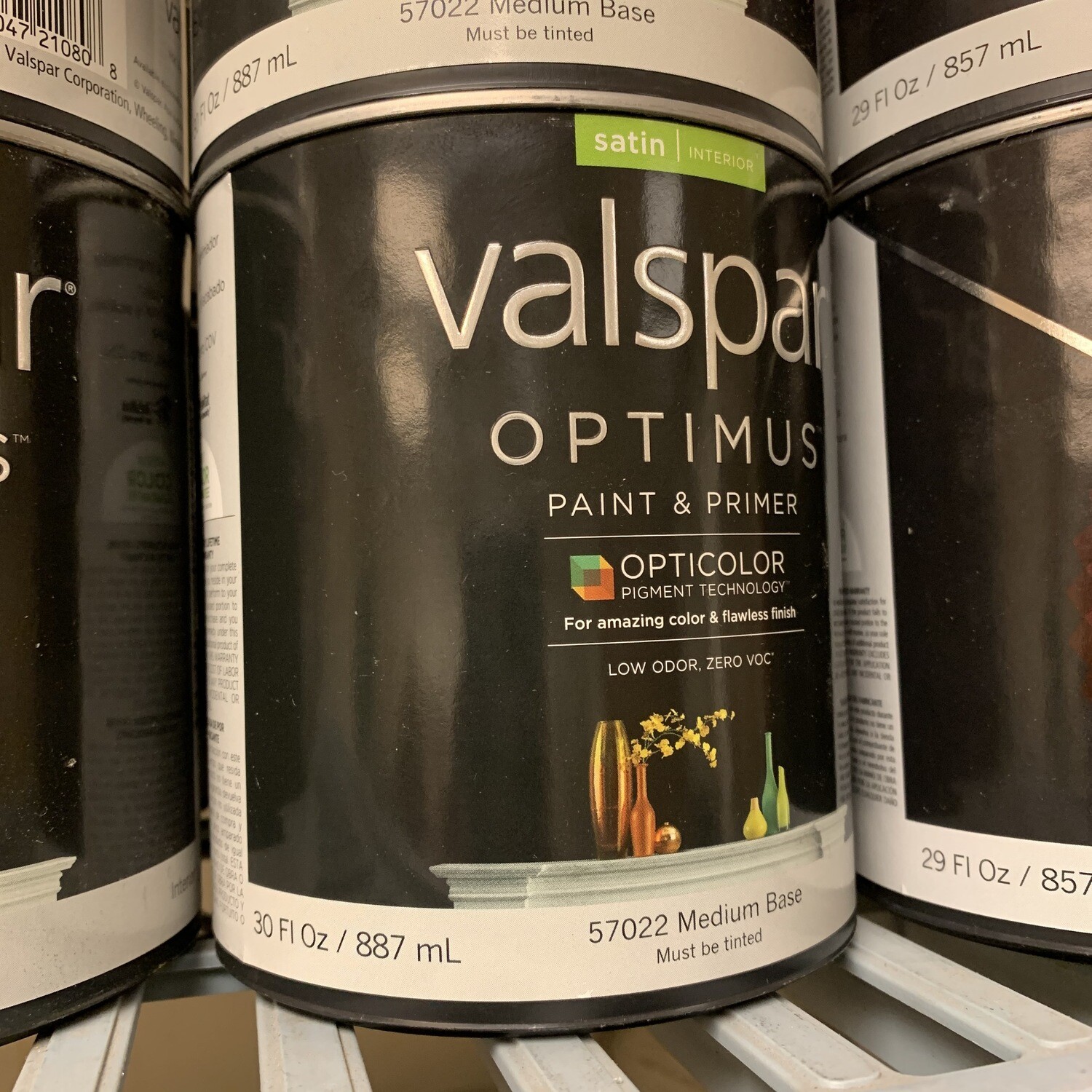

We hope that you’ve discovered the correct primer for your next painting project.

Finally, be prepared for the difficulty of cleaning this product off brushes and painting materials. Make sure you properly ventilate and wear a protective air mask. Also, be aware that this type of primer tends to produce more fumes. However, you can only use shellac primer on interiors. You can pair it with both oil and latex paints. Shellac primer paint can be used on wood, metal, plaster, and even plastic surfaces. You can also effectively use this type of primer to seal wood knots, pitch pockets, and stubborn tannin bleeding. Water, smoke, and rust stains don’t stand a chance against the strong coverage of a shellac primer. If you have a heavy-duty painting project that involves covering smoke and/or water-damaged walls, you’ll want the optimal stain-blocking qualities of a shellac primer paint. Also, keep in mind that latex primer is not preferred for hardwood and metal. Latex primer can cover lighter, minor stains effectively. If your project involves covering dark stains and deep discolorations, you’re better off applying an oil-based or a shellac primer. Latex-based primer paint does have its limitations. It’s also fast drying and provides a more durable paint finish. Unlike oil-based primer, latex-based primer is easy to clean off painting supplies because it’s water-soluble.

Pair latex primer with either latex paint or acrylic paint. You’ll especially want to choose this type of primer when covering unfinished drywall because it evens out the surface and covers up patched and repaired areas. Latex-based primer paint can be used on drywall, bare softwoods like pine, masonries such as brick or concrete block, and galvanized metal, after proper cleaning. Choose a latex-based primer if you’re painting near children or around anyone with breathing difficulties. There are many important health benefits to avoid these types of fumes. Nearly all latex-based primers offer either low or no VOCs. You may want to choose a latex-based primer paint if reducing or eliminating VOCs is important to you. Finally, you must take precautions to carefully and properly discard all unused products. Be sure to work in a well-ventilated area and wear necessary breathing protection.įrom a practical standpoint, the other drawbacks of using oil-based primer paints are that they take a considerable amount of time to dry and are difficult to clean off brushes, rollers, and painting equipment. However, it’s important to note that oil-based primer paint is not effective on masonry.įor all its benefits, keep in mind that oil-based primer paints produce a large number of VOCs (volatile organic compounds). It works well to smoothly cover existing paint that’s chalking or cracking. Additionally, you can use an oil-based primer with confidence on heavily weathered wood, unfinished wood, and previously varnished wood.įor the same reasons that it’s effective with wood, oil-based primer paint prevents stains and other color inconsistencies from making an unwanted appearance on your freshly painted surface. For example, when working with cedar, redwood, or similar woods, it prevents tannins from bleeding through your painted product. The qualities of oil-based primer make it especially useful for wood because it seals the porous surface. You’ll want to pick up an oil-based primer if your painting project involves covering a wood surface. Additionally, choose an oil-based primer if you plan to apply enamel paint. While preferred for oil-based paints, you can get great results with most water-based paints as well.

Perhaps the most widely used because of its versatility, oil-based primer paint works well on a variety of surfaces, both interior and exterior, and pairs effectively with most types of paints. If you’re not sure which one to choose, read on - we describe the pros and cons of each type of primer and when it’s best to use each one. When deciding which type of primer to buy, you’ll need to assess the surface you’re about to paint and match it up with the correct primer. Each type gives you certain benefits, as well as a few drawbacks. Primer paints come in three different types: oil-based, latex-based, and shellac. What you may not know is that choosing the correct type of primer can make a significant difference in the appearance of your completed painting project. This first step of priming your surface, whether it’s drywall, wood, metal, or concrete, can lay the foundation for a uniform, long-lasting final result. If you want the finished product of your next paint job to look polished and professional, you need to first apply a primer.


 0 kommentar(er)
0 kommentar(er)
